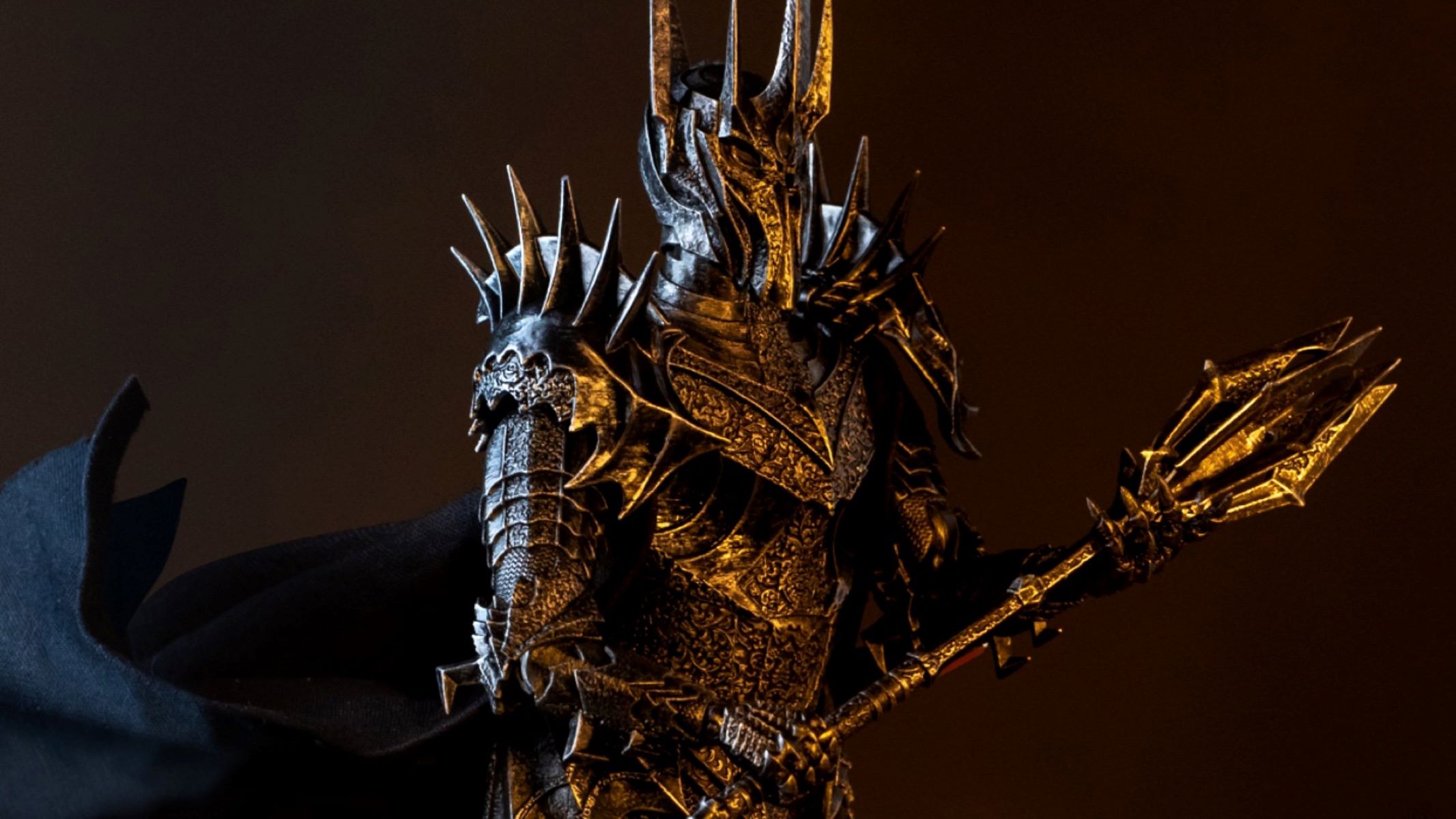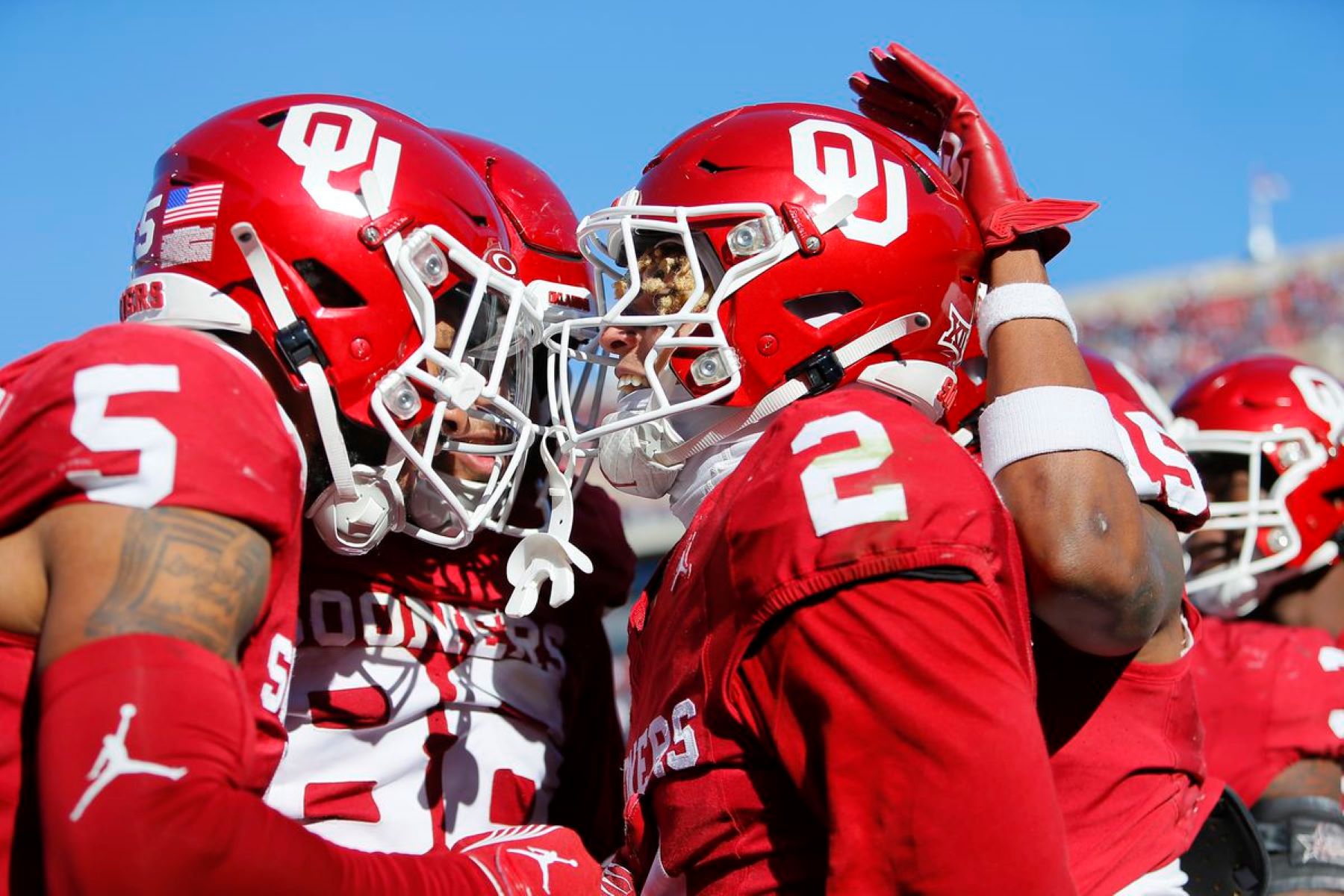
Who is Sauron, and why does he captivate fans of "The Lord of the Rings"? Sauron, the Dark Lord of Mordor, stands as one of the most iconic villains in fantasy literature. Originally a Maia, a lesser angelic being, he was corrupted by Morgoth, the first Dark Lord. Sauron’s journey from a servant of Morgoth to the creator of the One Ring is filled with deception, power, and relentless ambition. His ability to shapeshift, his creation of the Rings of Power, and his unyielding desire to dominate Middle-earth make him a complex and compelling character. Dive into these 50 facts to uncover the depths of Sauron's dark legacy.
Sauron's Origins and Corruption
Sauron, the Dark Lord of Mordor, has a rich and complex history that spans millennia. His journey from a Maia to the embodiment of evil in Middle-earth is filled with pivotal moments and transformations.
-
Sauron was originally a Maia, one of the lesser angelic beings created by Eru Ilúvatar to help shape Middle-earth. He wasn't always evil.
-
Corruption by Morgoth turned Sauron into a dark force. Morgoth, the primary antagonist of "The Silmarillion," corrupted Sauron, making him his lieutenant and eventual successor.
-
Physical Form in the books describes Sauron as taking on a human form, slightly larger than normal, with a missing finger due to Isildur's actions.
-
The Eye of Sauron is a symbol of his power and presence, often depicted as a glowing red or yellow eye. It represents his ability to see and control through the One Ring.
The One Ring and Rings of Power
The One Ring is central to Sauron's power and his ability to control Middle-earth. His cunning and deceit in creating the Rings of Power are legendary.
-
The One Ring was forged by Sauron to control all other Rings of Power. He created it in secret while pretending to be Annatar, the "Lord of Gifts."
-
Rings of Power include the Seven and Nine Rings, which Sauron used to control and corrupt various beings in Middle-earth. The Three Rings were saved by the Elves.
-
Annatar was the guise Sauron used to befriend Celebrimbor and the Elven-smiths of Eregion, counseling them in arts and magic.
-
War of Eregion began when Sauron's true intentions were revealed. He overran Eregion, killed Celebrimbor, and seized the Seven and Nine Rings of Power.
Battles and Sieges
Sauron's quest for domination led to numerous battles and sieges across Middle-earth. His relentless pursuit of power brought him into conflict with many.
-
Siege of Imladris saw Sauron besieging Rivendell, but an army from Númenor arrived, defeating his forces and driving him back.
-
Battle of Khazad-dûm involved Sauron attacking Moria, but the Dwarves managed to defeat his forces.
-
Battle of Lothlórien showcased the resilience of the Elves as they defended their realm against Sauron's armies.
-
Conquest of Mordor allowed Sauron to establish his stronghold in Barad-dûr, from where he launched numerous attacks on other regions.
Symbols and Minions
Sauron's power extended through various symbols and minions that helped him maintain control over Middle-earth.
-
The Black Hand refers to the reach of Sauron's power, representing his control over various minions and armies.
-
The Mouth of Sauron was a Black Númenórean who served as an ambassador of the Dark Lord, appearing at the Black Gate during the final battle.
-
Shadow of Sauron is a metaphorical representation of his control, not a literal body part.
-
Palantíri were Seeing Stones used by Sauron to see into the hearts of those who possessed them, including Denethor.
Shapeshifting and Deception
Sauron's ability to shapeshift and deceive played a crucial role in his rise to power. His transformations and disguises allowed him to manipulate many.
-
Red Eye in the Mirror was seen by Frodo when he looked into Galadriel’s Mirror, a manifestation of Sauron's power.
-
Physical Incarnation was described by Gollum, who saw Sauron with four fingers on one hand where the Ring was cut off.
-
Creative License in Films depicts Sauron as a shapeless void with a glowing eye, a creative interpretation rather than an accurate representation from the books.
-
Shapeshifting Abilities allowed Sauron to take many forms, including being beautiful and fair when seeking an audience with the Valar.
Allies and Enemies
Sauron's interactions with other beings in Middle-earth, both allies and enemies, shaped his destiny and the fate of the world.
-
Original Name: Tevildo was an early concept for Sauron, where he was planned to be the Prince of Cats, an idea later abandoned.
-
Association with Aulë before his corruption, Sauron was a student of Aulë, the Vala blacksmith who created the first Dwarves.
-
Desire for Order and Perfection led Sauron down the path of corruption, seeking to impose his will on Middle-earth.
-
Servant of Morgoth was Sauron's role, serving as Morgoth's lieutenant and later his successor.
-
Religious Legacy was set up by Sauron around Morgoth’s legacy after Morgoth's defeat.
Final Battles and Legacy
Sauron's final battles and his lasting legacy in Middle-earth are crucial to understanding his impact on the world.
-
Maia Classification places Sauron in the same class as Gandalf and other powerful beings sent to guard Middle-earth.
-
Similarities with Gandalf include their Maia classification and ability to take on human form, though Sauron embodies pure evil.
-
Historical Context of Sauron's backstory is deeply rooted in Middle-earth's history, shaping the world and its inhabitants.
-
Conquest Strategy involved sending a massive army north to Eriador while focusing his main forces on other regions.
-
Final Battle saw Sauron appearing at the Black Gate with the Mouth of Sauron, focusing on maintaining his stronghold in Barad-dûr.
-
Physical Appearance in Films depicts Sauron as a shapeless void with a glowing eye, a creative interpretation rather than an accurate representation from the books.
-
Powerful Werewolf was one of Sauron's forms, showcasing his ability to shapeshift and adapt.
-
Giant Snake and Vampire Bat were other forms Sauron took, demonstrating his shapeshifting abilities.
-
Battle with Isildur ended with Isildur cutting the One Ring from Sauron’s finger, significantly weakening him.
-
Three-on-One Duel in the books involved Sauron, Isildur, Elendil, and Gil-Galad, ending the seven-year siege of Barad-dûr.
-
Sauron’s Army included orcs, goblins, werewolves, vampires, and other dark creatures, using various strategies to conquer Middle-earth.
-
Gothmog was one of Sauron’s most powerful minions, playing a significant role in his armies during the wars of Middle-earth.
-
Werewolves and Vampires were used by Sauron to terrorize and conquer Middle-earth, often in battles and sieges.
-
Siege of Minas Tirith during the War of the Ring saw Sauron besieging the city, defended by the armies of Rohan and Gondor.
-
Battle of the Pelennor Fields was a pivotal moment in the War of the Ring, with Sauron’s armies clashing with the armies of Rohan and Gondor.
-
Role in The Silmarillion describes Sauron as a servant of Morgoth and later his successor, setting the stage for his rise to power in the Second Age.
-
Forging of the One Ring was a pivotal moment in Sauron’s history, created while pretending to be Annatar to control all other Rings of Power.
-
Rings of Power were forged by Sauron using the knowledge and skills of the Elven-smiths of Eregion, used to control various beings in Middle-earth.
-
Three Rings were saved by the Elves Gil-galad, Círdan, and Galadriel, remaining free from Sauron’s influence throughout the Second Age.
-
War of Eregion was sparked by Sauron’s true intentions being revealed, leading to the destruction of Eregion and the loss of many lives.
-
Siege of Imladris saw Sauron besieging Rivendell, but an army from Númenor arrived, defeating his forces and driving him back.
-
Battle of Khazad-dûm involved Sauron attacking Moria, but the Dwarves managed to defeat his forces.
-
Battle of Lothlórien showcased the resilience of the Elves as they defended their realm against Sauron’s armies.
-
Conquest of Mordor allowed Sauron to establish his stronghold in Barad-dûr, from where he launched numerous attacks on other regions.
-
Legacy in Literature extends beyond "The Lord of the Rings," with Sauron appearing in "The Silmarillion" and other works, symbolizing pure evil and corruption in literature.
Sauron's Enduring Legacy
Sauron, the Dark Lord of Mordor, remains one of fantasy literature's most iconic villains. From his origins as a Maia to his rise as Morgoth's lieutenant, his story is one of corruption, power, and ultimate defeat. His creation of the One Ring and manipulation of the Rings of Power showcase his cunning and ambition. Despite his physical form being destroyed, his influence lingered, symbolized by the Eye of Sauron. His battles, from the War of Eregion to the Siege of Minas Tirith, highlight his relentless pursuit of domination. Sauron's legacy extends beyond "The Lord of the Rings," appearing in "The Silmarillion" and other works by J.R.R. Tolkien. His character serves as a timeless symbol of pure evil and corruption, captivating readers and inspiring countless adaptations. Sauron's story is a testament to the enduring power of Tolkien's world-building and storytelling.
Was this page helpful?
Our commitment to delivering trustworthy and engaging content is at the heart of what we do. Each fact on our site is contributed by real users like you, bringing a wealth of diverse insights and information. To ensure the highest standards of accuracy and reliability, our dedicated editors meticulously review each submission. This process guarantees that the facts we share are not only fascinating but also credible. Trust in our commitment to quality and authenticity as you explore and learn with us.


